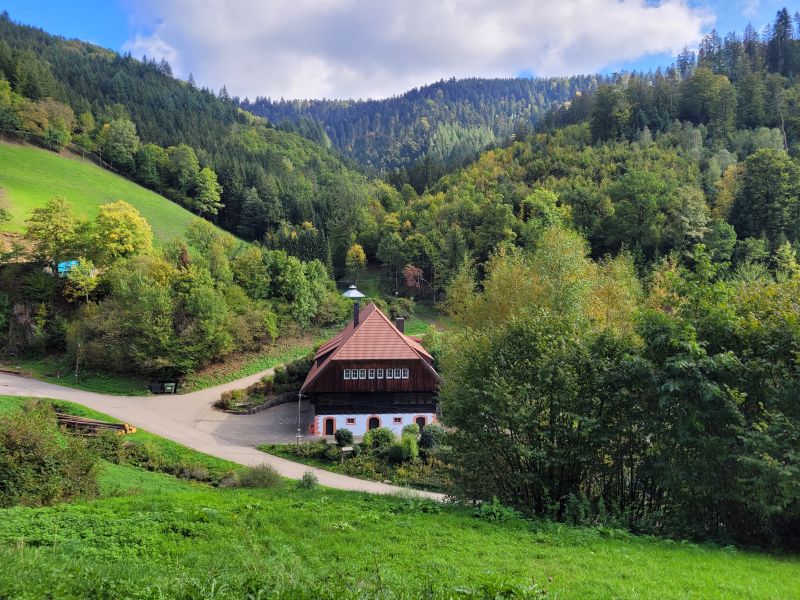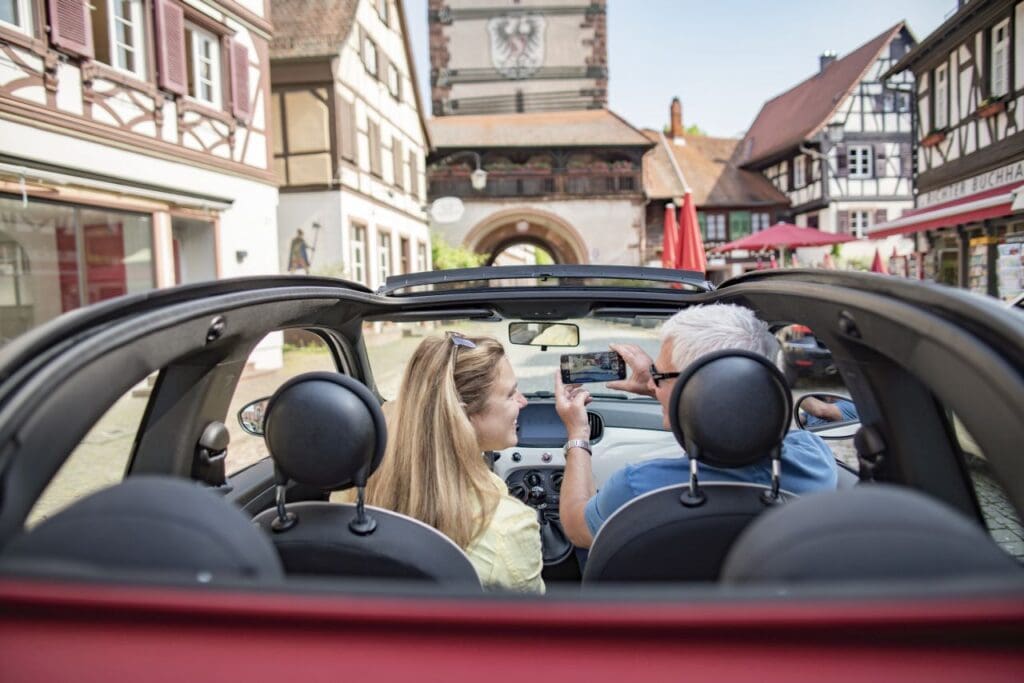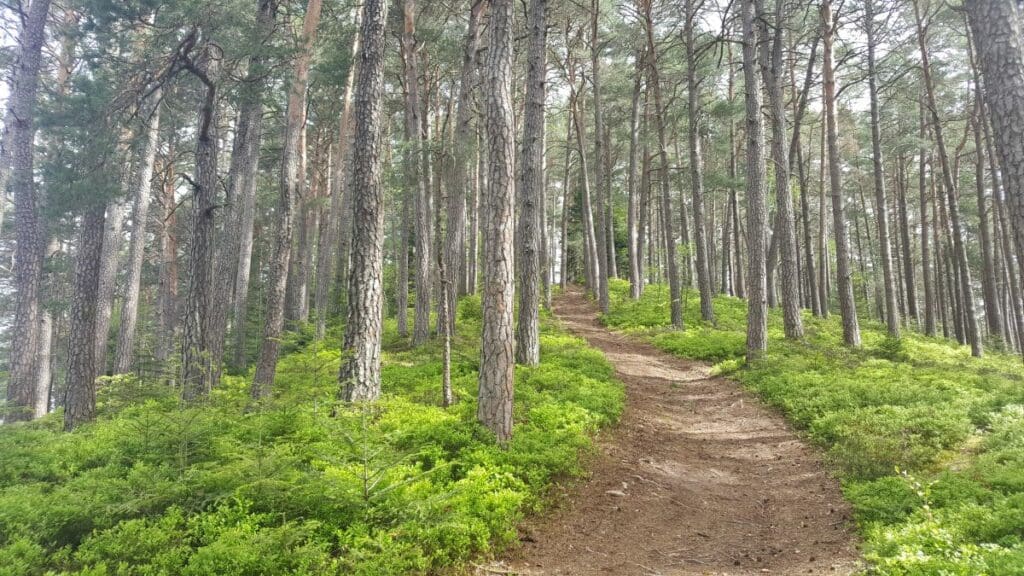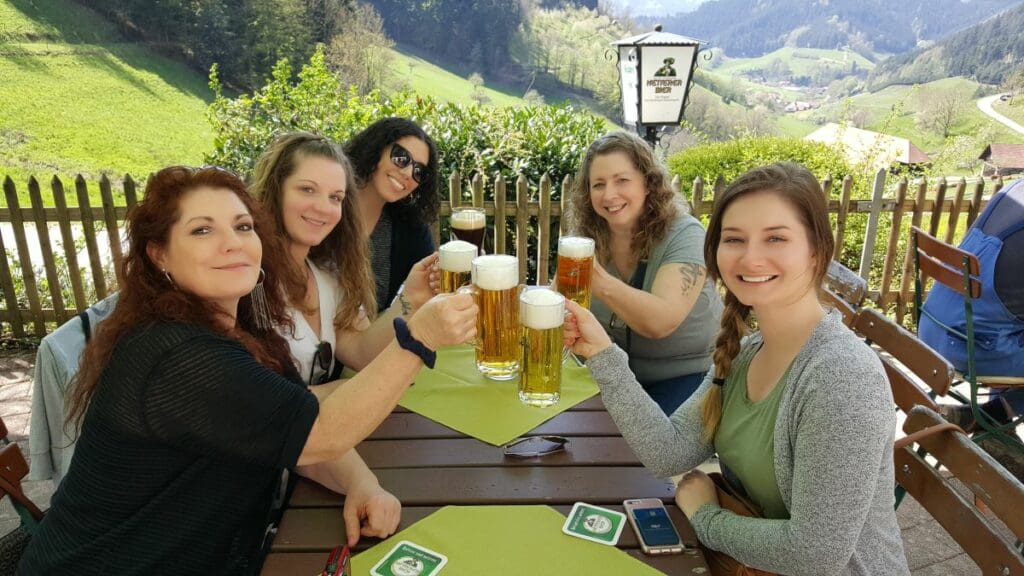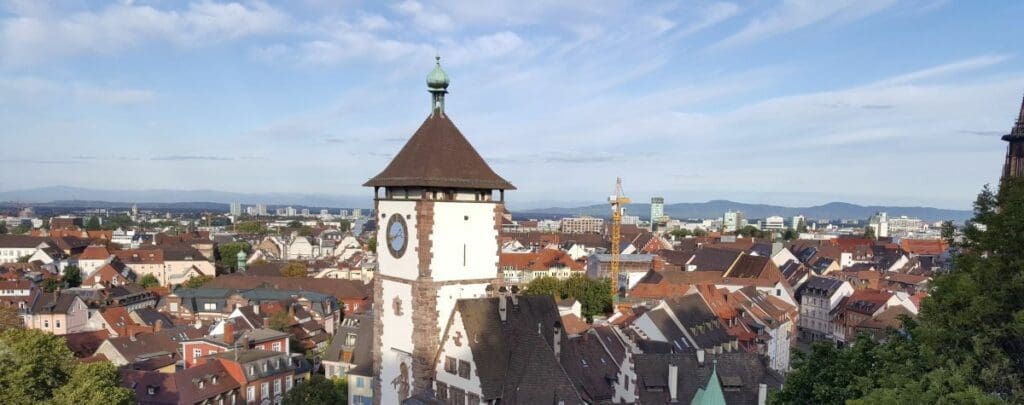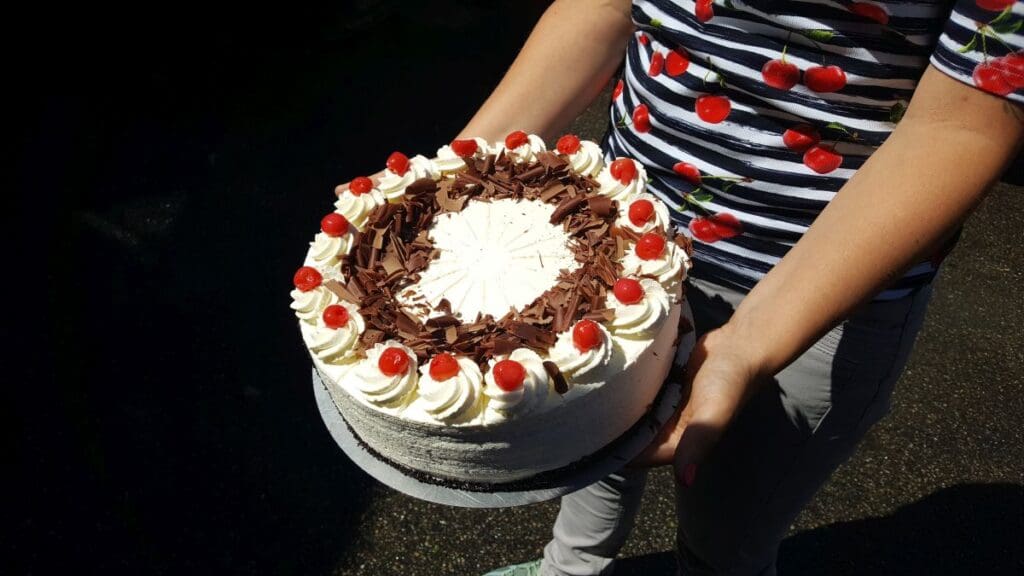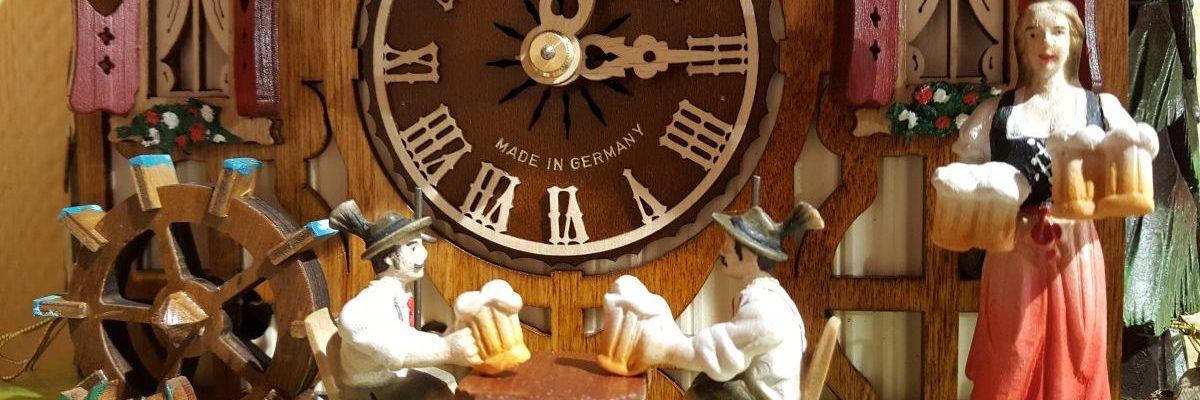Perhaps one of the greatest contributions to the fame of The Black Forest is the cuckoo clock. While it is easy to appreciate their charismatic beauty and charm, few realize how deeply rooted these clocks are in history. It has been a long journey that has involved several hundred years and thousands of people in small towns located in one valley in The Black Forest.
The first description of a cuckoo clock was in 1629 and was written by a German nobleman, Philipp Hainhofer. He describes a curious little clock that belonged to Prince Elector August von Sachsen. It contained a bird that resembled a cuckoo. Thus giving the name to the “cuckoo clock”. However, these early clocks were very primitive by today’s standard and did not make any sound!
Enter Franz Anton Ketterer! Ketterer was a clock maker from The Black Forest and is credited with the invention of the cuckoo clock you know today. It was one day in the 1730s, after pondering the mechanism of a church organ bellow, he was inspired to create a sound inside the clock using the same principal. Thus, the first cuckoo sound mechanism was born.
Word spread rapidly of these fascinating little clocks. It wasn’t long before the cuckoo clock saw wide-spread demand and became s real source of income for the locals. During the deep snowy winters, farmers in The Black Forest would toil away at their clock making skills and when the snow melted in the spring, they would take their clocks to sell on the road. These people, the early cuckoo clock makers from The Black Forest, were given the name “Häuslers”.
At the time, hourglasses were the most commonly used timekeepers and the clocks became not only a much more accurate replacement but were also much more entertaining. It wasn’t long before the villagers would have contests to see who could make the most unique and artistic cuckoo clock.
Therefore, in 1850, the Duke of Baden founded a school that offered classes in standard subjects such as math and writing, but also advanced clock making.
As clock making flourished, a contest was sponsored by Robert Gerwig, the director of a Clock School in Furtwangen, Germany. It was open to any clock makers who would compete for the best contemporary clock design. The winner would then be funded to complete their design. The winning designer was Friedrich Eisenlohr. Eisenlohr was an architect whose then-current project was building a new railway through The Black Forest. His clock design resembled a rail house. The box and roof style of the rail house design was the precursor to the modern day chalet clock that we see all over the world today. Ironically though, there was only one difference between Eisenlohr’s design and the final product. Eisenlohr’s design included a cuckoo, but there was not sufficient funding to complete the cuckoo mechanism. Other Black Forest clock makers soon merged both the cuckoo mechanism and Eisenlohr’s rail house design. That is how Eisenlohr is credited with the modern cuckoo clock style, even though he did not design a cuckoo clock by exact definition.
Today, the Black Forest cuckoo clock is a world renowned icon that has made small beautiful Black Forest villages famous. It comes in a variety of sizes and styles including chalet and carved.
Sadly the woodworking craft required to make an authentic cuckoo clock is becoming extinct. There are no younger generations interested in continuing in the trade while the remainder are retiring. It is possible that one day in the near future you may not find an authentic cuckoo clock to purchase, but instead find they are manufactured in some factory far from The Black Forest.
Next time you see a cuckoo clock, I hope you appreciate not only the skilled craftsmanship but also the hundreds of years of history that they represent.
While visiting the Black Forest I strongly recommend stopping by some of the world-renowned clock makers, such as Hones, Rombach and Haas and Schneider. There are also a number of museums that contain some of the original shield and railroad clocks that are definitely worth checking out. Perhaps my favorite is the German Clock Museum in Furtenwagen as they contain some of the oldest cuckoo clocks to date. Let me know if I can help.

